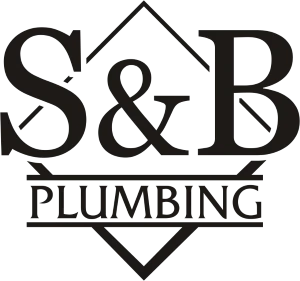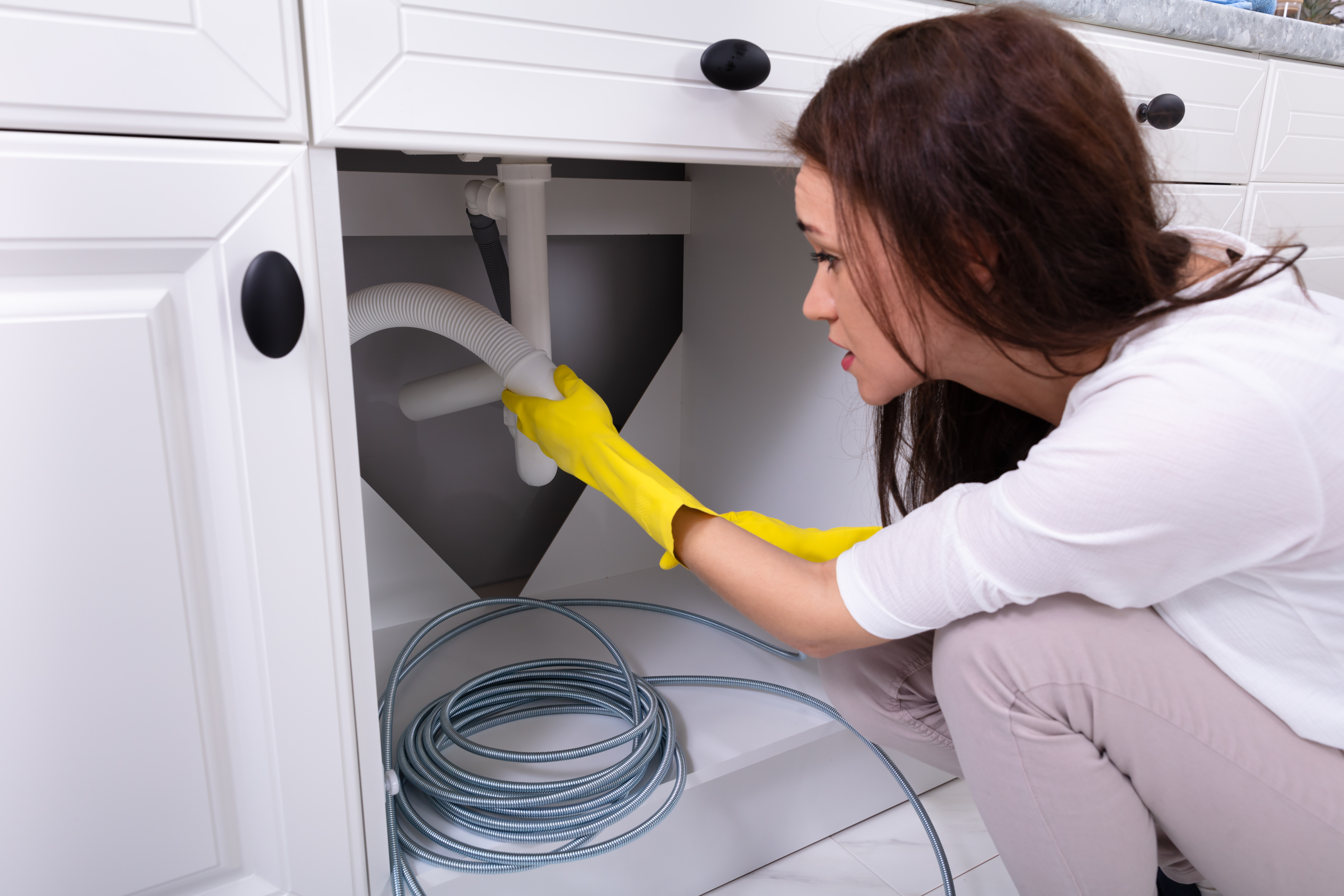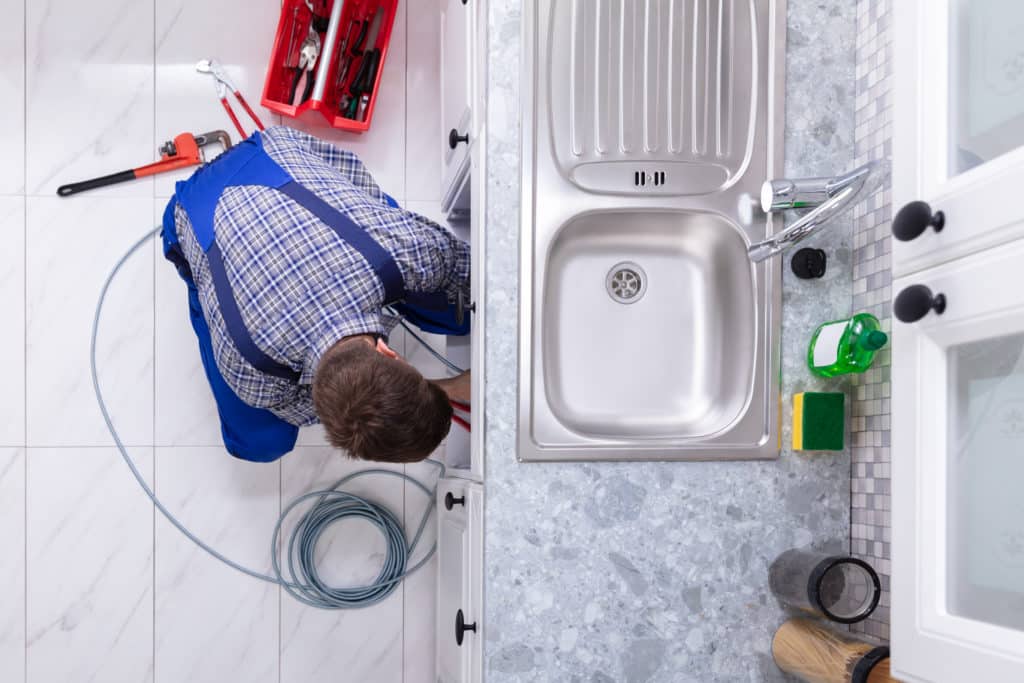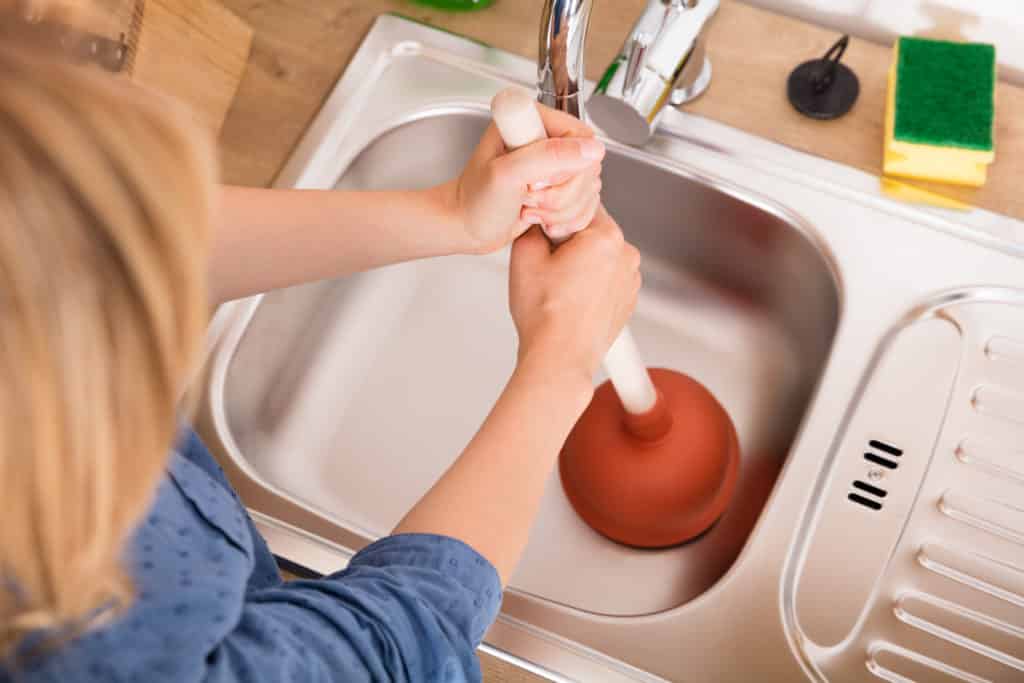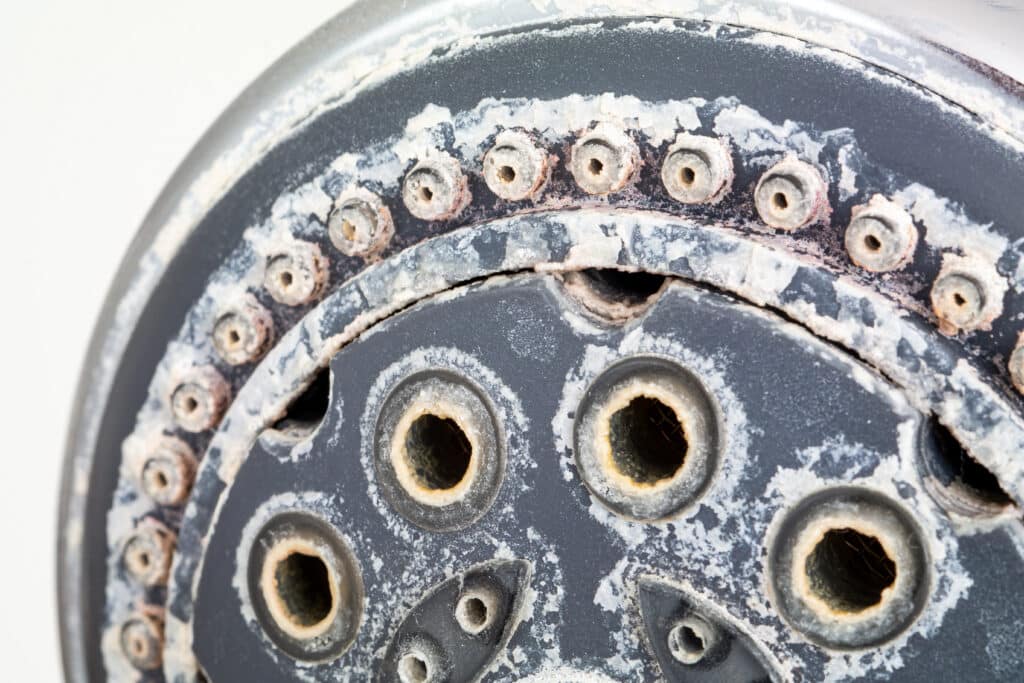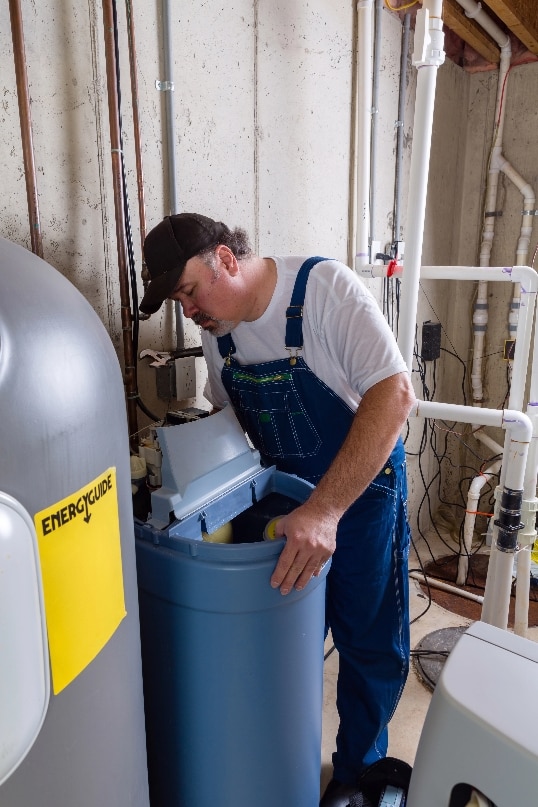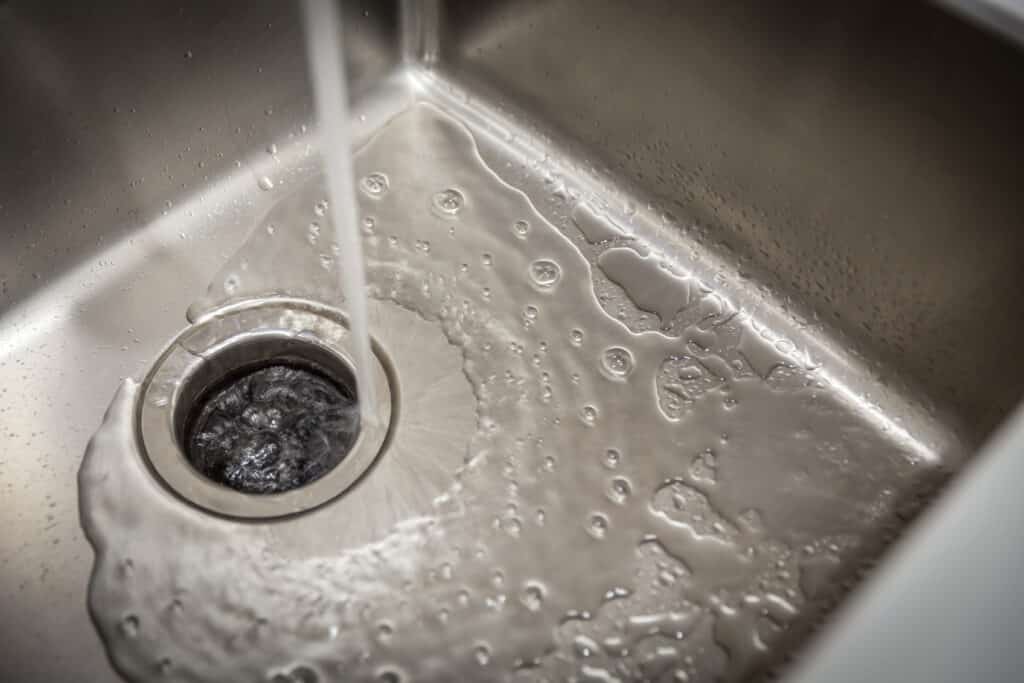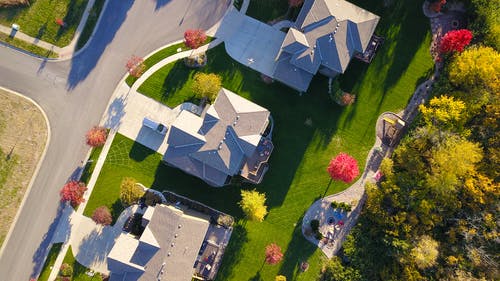
Moving into your first home is an exciting time, but it also comes with a lot more responsibility and potential issues that could arise. Plumbing systems in a home are complex and can damage your home when not properly maintained. As a homeowner, you will need to know how your plumbing system works and have a plumber’s number on hand when problems arise. Below is a short list of plumbing tips to start with when you first purchase a home.
1- Get To Know Your Plumbing System
After moving into your home, or even before you move all of your belongings in, you should familiarize yourself with your plumbing system. Understanding your plumbing system, knowing where systems are located, and knowing how old the system is can help prepare you for an emergency.
Knowing where your water heater is, where your sewer lines are buried, or when the last time your drains were cleaned is just part of being a homeowner and can help put you a step ahead of any disaster.
2- Check For Leaks Consistently
Small or large leaks are the most common cause of damage in your home. Leaks in your faucet or inside the walls of your home can lead to mold growth and deterioration of home materials and lead to structural damage. You will want to watch for signs of water leaks like stains or odd sounds to ensure that you catch them in plenty of time.
Preventing further damage is only possible when you know where a leak is located and tell a plumber about the issue. Fixing the leak will keep your home safe, while also saving you money on water bills. Even the smallest drips can add up to your monthly utility bills.
3- Be Aware Of What Goes Down Your Drain
Certain foods and objects should not be put down your drains or in your garbage disposal. Some common items that should never be put in your drains or flushed into your septic systems include:
- Grease
- Paper products
- Rice
- Pasta
- Hair
- Coffee Grounds
- Paint
- Eggshells
- Q-Tips
- Flour
- Sanitary wipes
- Cotton balls
Putting these items down the drain can cause major clogs, especially since some of them expand or stick to other food particles. It may not seem like a big deal at the time, but over multiple months, these objects can cause clogs that can only be removed by digging up your septic tank or replacing the piping.
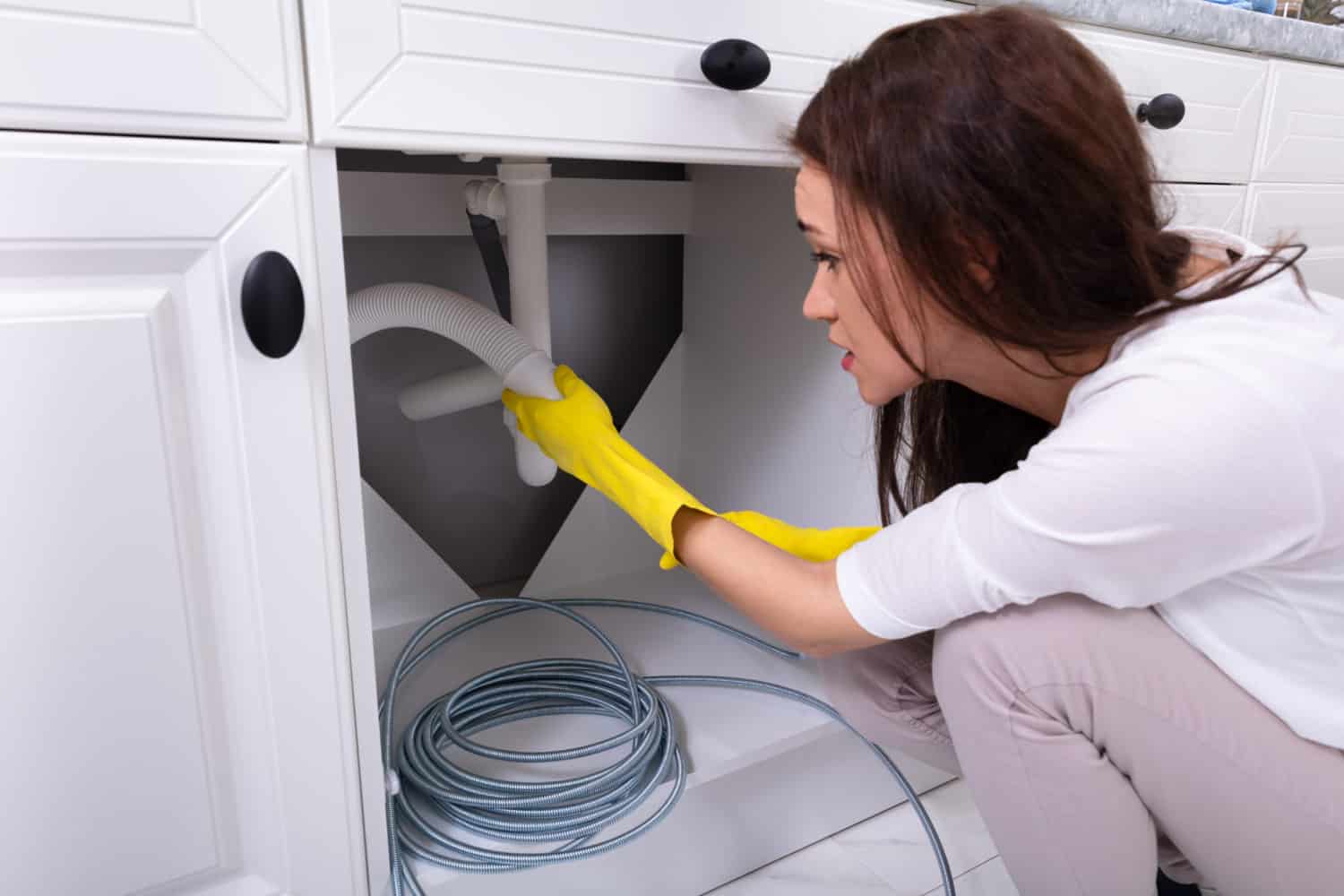
4- Know How To Shut Off The Water
Every home has a main water shut-off valve. Locating this will help prepare you if you ever need to turn off the water in an emergency (your home is flooding from major plumbing leaks) or when you leave your home for an extended period of time. If you will not be in your home during the colder months, turning off the water will help prevent pipe bursts during the winter as well.
5- Have Annual Plumbing Inspections
You will not be able to find all plumbing problems on your own so having an inspection will help you catch problems before they damage your home. Inspections are performed by a professional plumber and can be done on your water heater, piping, drains, faucets, toilets, and more. Having inspections once a year prevents major damage from occurring in your new home.
6- Splurge A Little On Plumbing Fixtures
Fixtures like your faucets, toilets, and showerheads get used constantly. Investing in higher-quality fixtures will save you money and the need to replace them frequently. Quality fixtures are also less prone to leaks, which will save you even more money. Spending a little more upfront is worth the investment in how much you will save over the years.
7- Know When To Call A Plumber
When you don’t have prior plumbing experience, it can be difficult to fix plumbing problems on your own. When systems start to make odd noises, your water tastes odd, you suspect a leak, or your utility bills are high, it is best to call a plumber. Working with a plumber will give you peace of mind about the state of your home. They work to solve the problem quickly so homeowners can get back to their normal schedule.
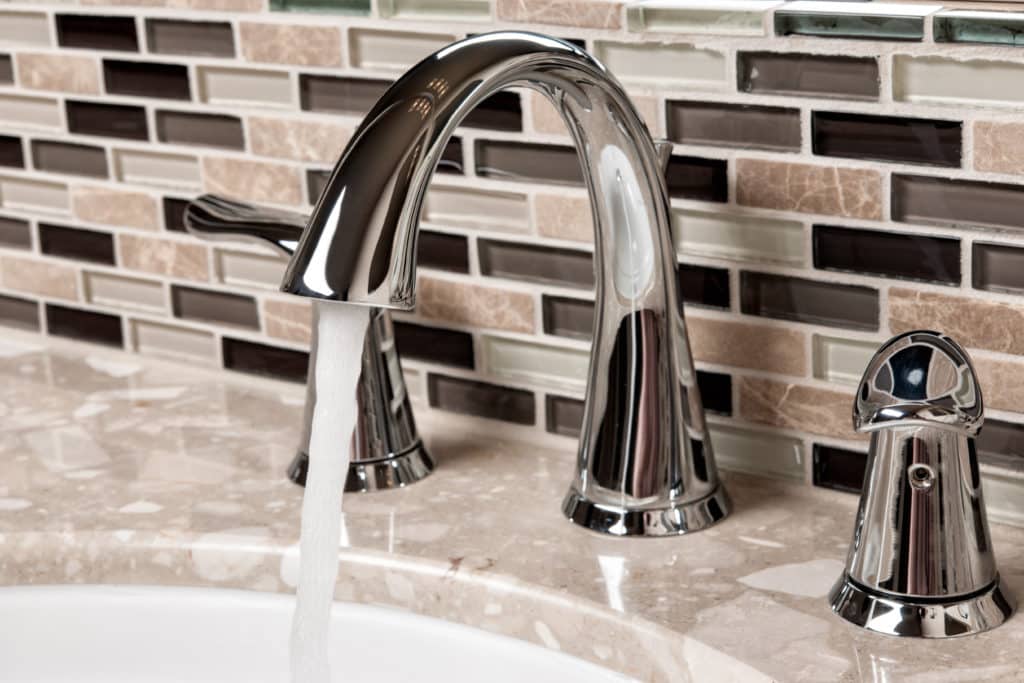
Our plumbers with S&B Plumbing are ready to solve emergencies whenever they arise. Having a plumber on speed dial or numbers on your fridge will save you precious time when a plumbing emergency arises. S&B Plumbing prepares all our plumbers with the tools and parts they may need for this same reason. Protect your new home and be a smart homeowner by following these plumbing tips.
